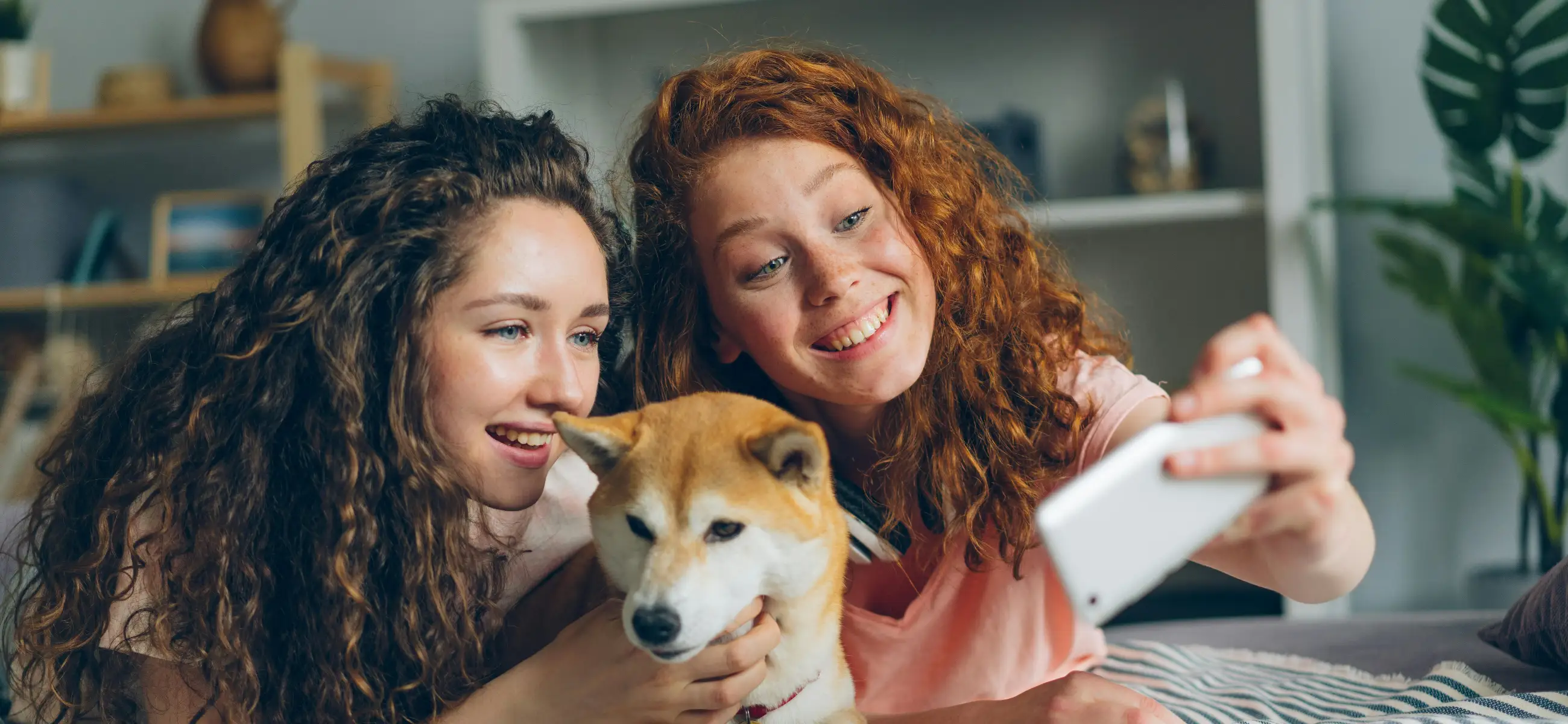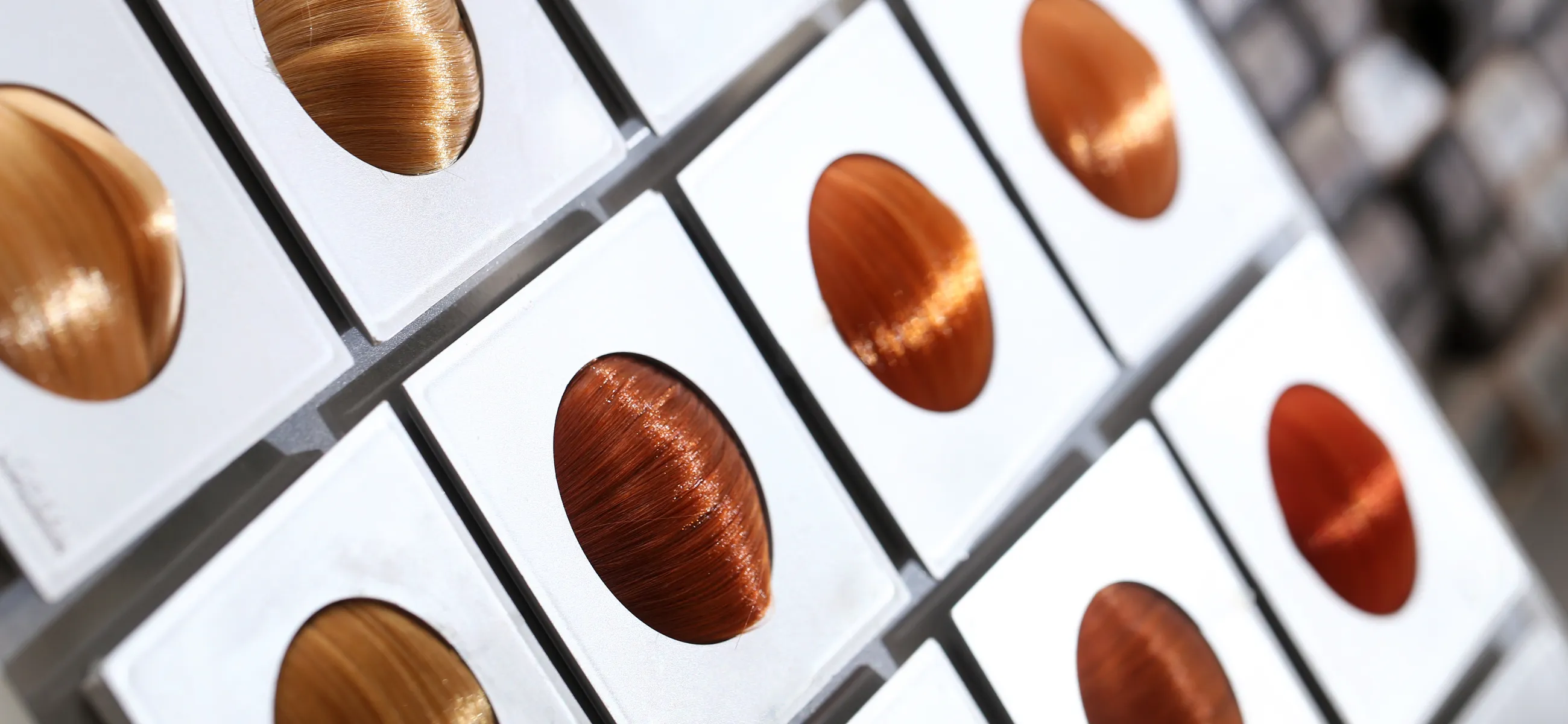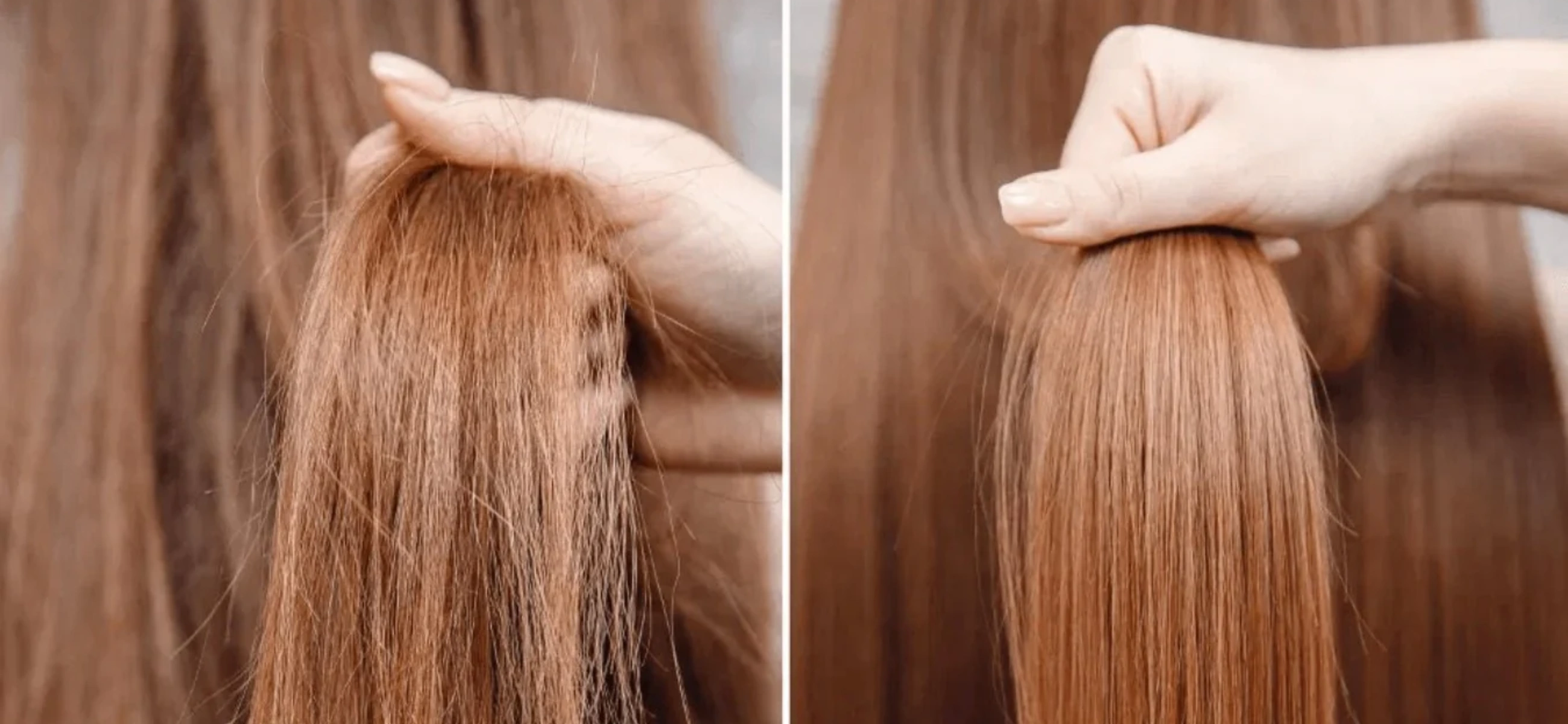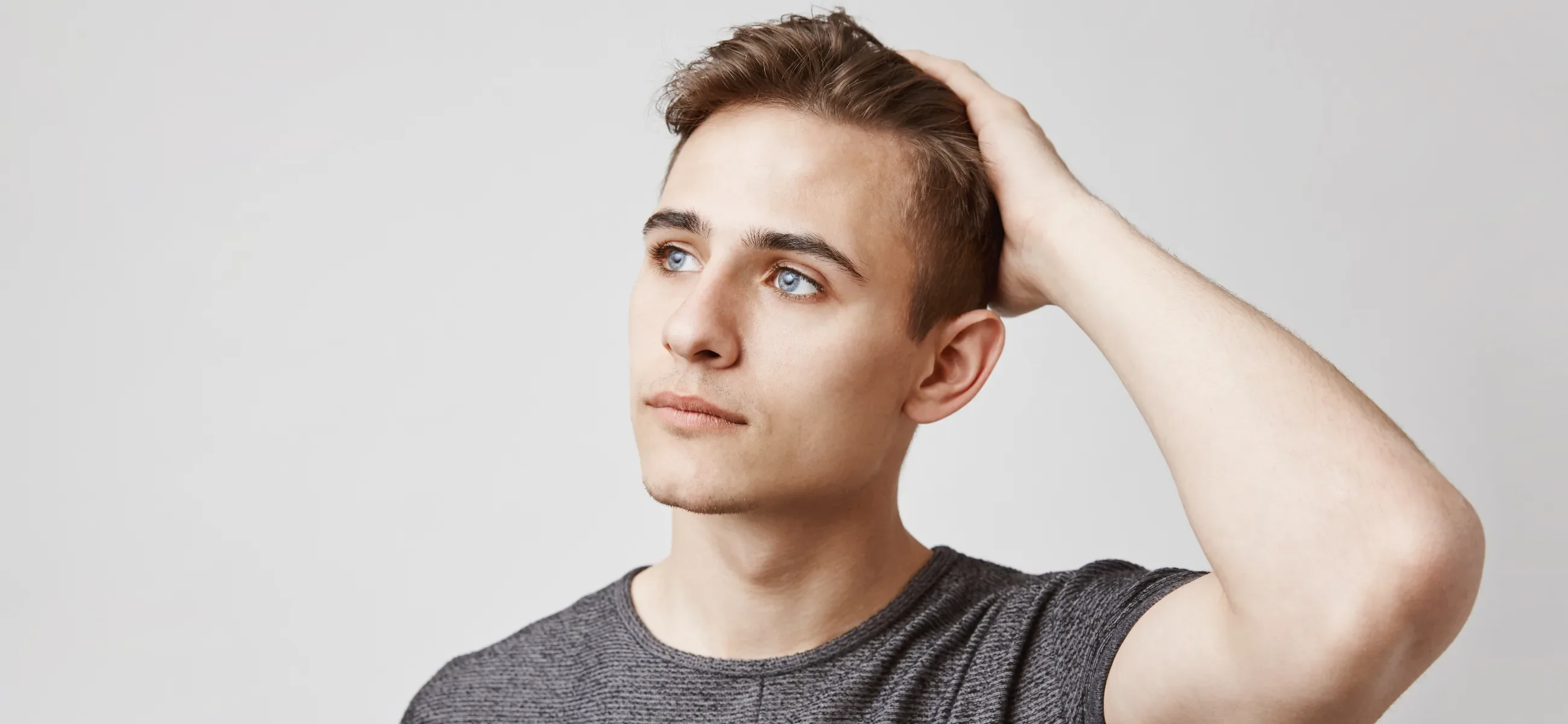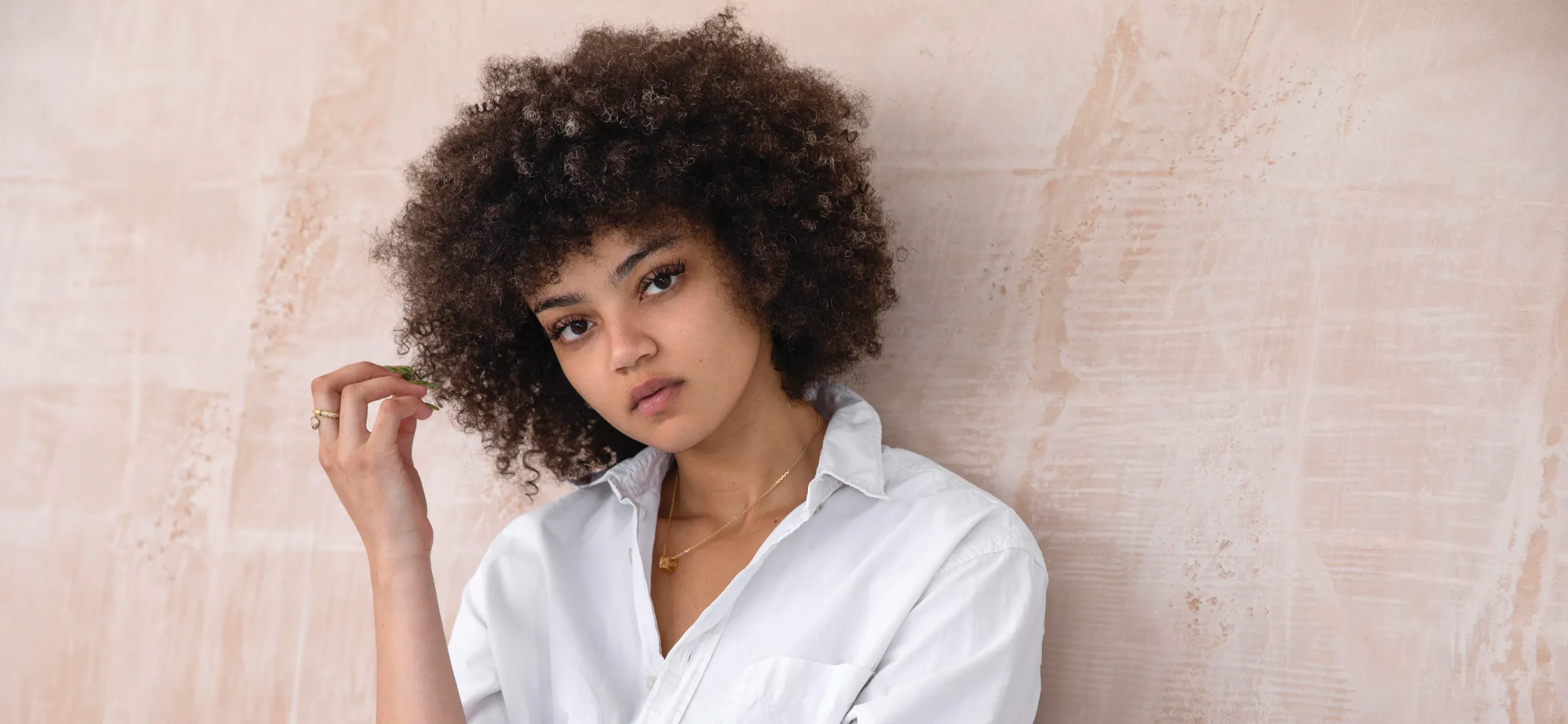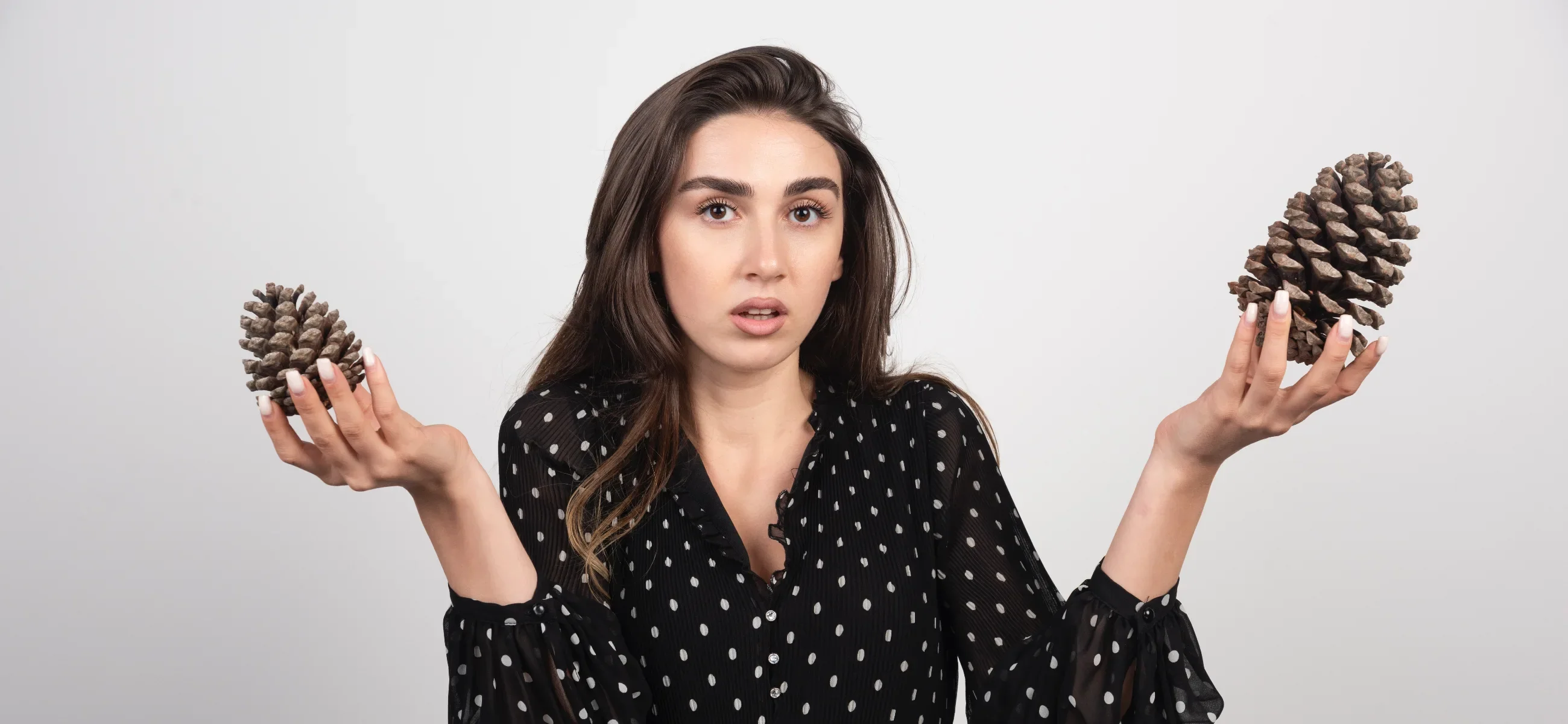Understanding your hair’s natural texture is important if you want to add depth and volume to your hair. What’s more, knowing how to texturize your hair will help you implement changes to your haircare routine that will help you look your best. So, with that in mind, read our guide to hair texture 101, which explains what textured hair is, the different types of texture, and how to follow simple tips that will help you shine.
What is textured hair?
The truth is that everyone has some form of textured hair, so it can be a little confusing what people mean by the term. However, when stylists refer to textured hair, they’re usually referring to hair that has some type of curl or wavy pattern to it. The hair shafts create shape and dimension, while loose curls and waves can add depth.
Types of hair texture
Helpfully, textured hair is classified, meaning you can discern your hair’s texture by looking at a chart. This can help you to identify the best products to enhance your hair’s health, look, and feel. Check out our simple textured hair chart below as a handy starting point:
Laifen’s natural hair texture chart
| Type | Sub-Type | Description |
| 1: straight hair | 1a | Stick straight |
| 1: straight hair | 1b | Straight with extra volume |
| 1: straight hair | 1c | Straight with body wave |
| 2: wavy hair | 2a | Loose, stretched S-waves |
| 2: wavy hair | 2b | Short, distinct S-waves |
| 2: wavy hair | 2c | Distinct S-waves with spiral curls |
| 3: curly hair | 3a | Big, loose curls |
| 3: curly hair | 3b | Bouncy ringlets |
| 3: curly hair | 3c | Corkscrew curls |
| 4: coiled hair | 4a | Tightly coiled S-curls |
| 4: coiled hair | 4b | Tightly coiled Z-curls |
| 4: coiled hair | 4c | Tightly kinked Z-curls |
Your hair texture is determined by genetics, with most people inheriting their hair type. However, the environment can also influence the texture of your hair. For instance, humidity and cold weather can alter your hair type and texture, sometimes leading to frizz. Therefore, it’s a good idea to understand your hair type and to use products that help to keep it in great shape throughout the year, regardless of the weather conditions.
How to texturize hair
Texturizing hair means different things to different people. But in most instances, it’s the process of enhancing hair by adding or emphasizing curls or waves. You can add texture to your hair by styling it in specific ways or by using products relevant to your hair type. Here are some textured hair methods you can try to add volume, depth, or texture to your appearance:
1. Use the best texturizing hair sprays
The easiest way to accentuate your hair’s texture is to use a dedicated spray. Frankly, there are so many hair products for texturized hair out there, so use our table above to determine your hair texture and buy a spray to match.
2. Apply a texturizing foam before styling
Another option is to use a texturizing foam before styling your hair. This is a great way to add volume and depth to texturized hair and is a popular approach among men in particular.
3. Sleep in braids
Braiding your hair before bed and wrapping it to prevent friction is a brilliant texturizing approach. French braids are a great option, and they’re easy to do before bed.
4. Get a textured haircut
There are so many cuts that are flattering for people with textured hair. Bangs of all lengths are great and we love the way that long, wispy bangs frame your face.
5. Use dry shampoo
Dry shampoo is an underrated product for adding depth and texture to your hair. Use it at your roots and tousle your hair to give you a stunning, sought-after textured look that will turn heads.
Hair texture tips for stunning, voluminous hair
Now that we’ve covered how to add texture to hair, it’s time to dive into some expert tips that will help you maintain your hair’s texture and appearance:
Protect your hair: As mentioned, environmental factors, like the weather, can negatively impact your hair’s texture. So, wrap your hair to protect it from the sun, and ensure it doesn’t dry out during cold spells by adding a moisturizing oil.
Use the right blow dryer: One of the biggest threats to natural-looking textured hair is frizz, which occurs when you use an inferior blow dryer. Switching to an ionic dryer like the Laifen Swift is the easiest way to eliminate frizz, enabling you to achieve a salon-grade blow dry at home every time.
Select your hair-care products carefully: When you buy a texturizing hair spray or any other hair-care products, make sure you read the labels carefully. Not only should you buy products suitable for your hair type and natural texture, but you should also avoid harmful ingredients like sulfates and parabens in all products.
Keep your hair hydrated: Hydrated hair is healthy hair, so regardless of your hair’s texture, take steps to prevent it from drying out. Use natural products where possible, apply a hair mask regularly, and use a leave-in conditioner to lock in your hair’s moisture. These simple steps will help your textured hair shine.
The last words
Whether you go for a texturizer for natural hair or are keen to accentuate the waves and curls in your hair, knowing how to texture it can make a big difference.
Begin by determining your hair’s natural texture and be aware of the factors that can influence texture. Then, make sure you use the best products to accentuate and protect your hair and stick to a personalized haircare approach that works for you.

